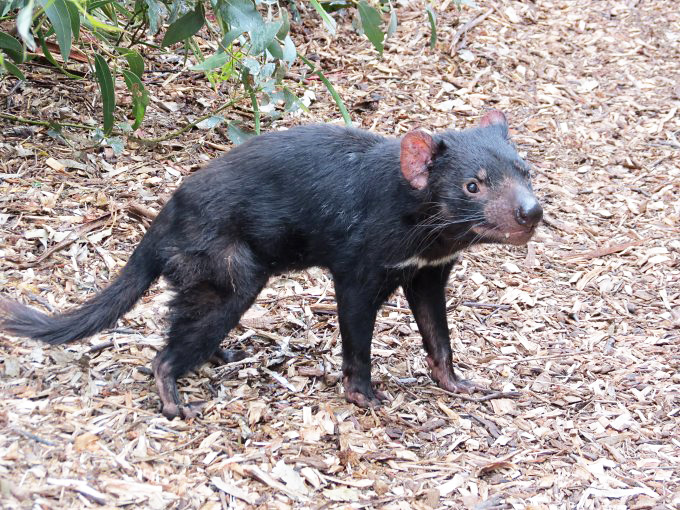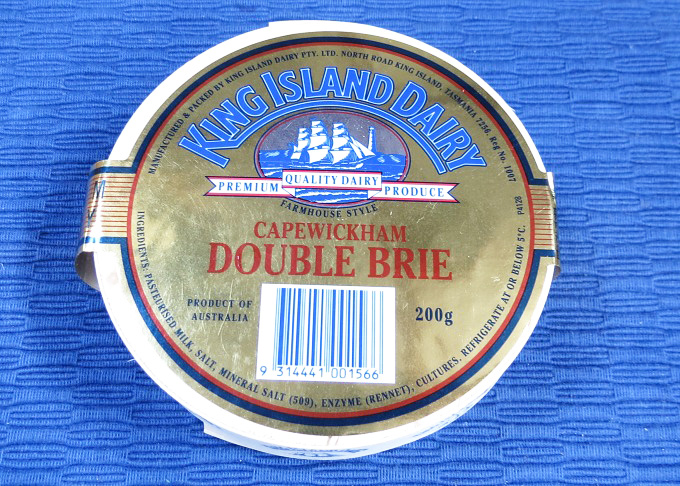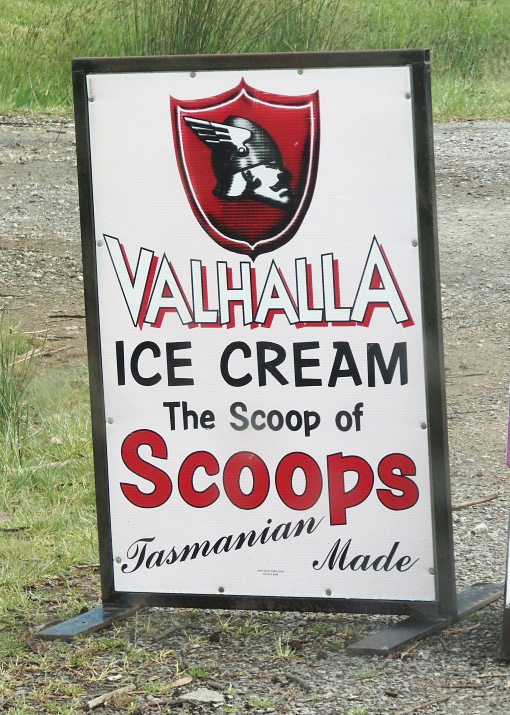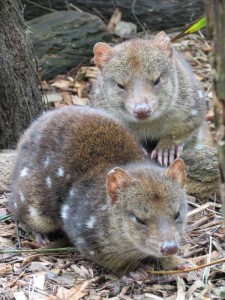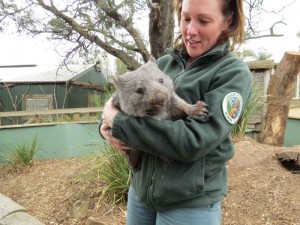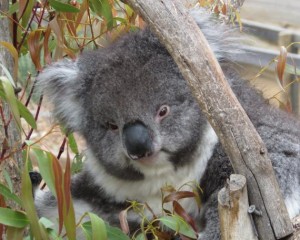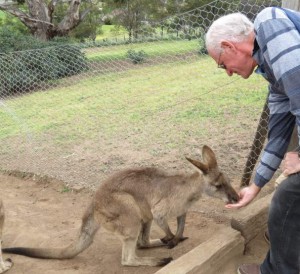Top Things to See and Do in Hobart, Tasmania
/Tasmania is a treasure trove of sights and experiences and Hobart is a good place to base yourself for a few days while you suss out the opportunities. In October 2012, a writer for the Lonely Planet travel guide series ranked Hobart as number seven of the top ten cities in the world to visit in 2013. That's pretty impressive, don't you think? We've visited six of the ten listed cities and we think Hobart should have claimed an even better spot. An historic waterfront town, Hobart, capital city of Tasmania, is small, compact and charming. We rarely have access to a car, so we walk or take public transit most everywhere we want to go. In Hobart, that's easy. Pretty much everything in the greater Hobart area is close or there's a bus, ferry or tour to get you there.
Here's our recommendation of things to see and do in Hobart:

MONA (Museum of New and Old Art), is a world-class, kick-ass, can't miss museum. You can take a bus or catch the ferry to get there. The ferry is more fun and definitely more impressive as you head up the Derwent River under the Tasman Bridge and catch views of the museum ensconced in the hillside.

Salamanca Market and Salamanca Place – a market every Saturday morning, rain or shine, that takes over the entire street. The rest of the week enjoy pubs, restaurants and boutiques in a trendy historical area.

The Waterfront and Constitution Dock (ConDock) – a lovely area to visit. Fishing boats and sailboats tie up here in historic Sullivan Cove. Convict-built sandstone warehouses line the wharves. Catch lunch at one of the floating fish and chip joints along the dock where you have to kneel down at low tide to place and collect your order.
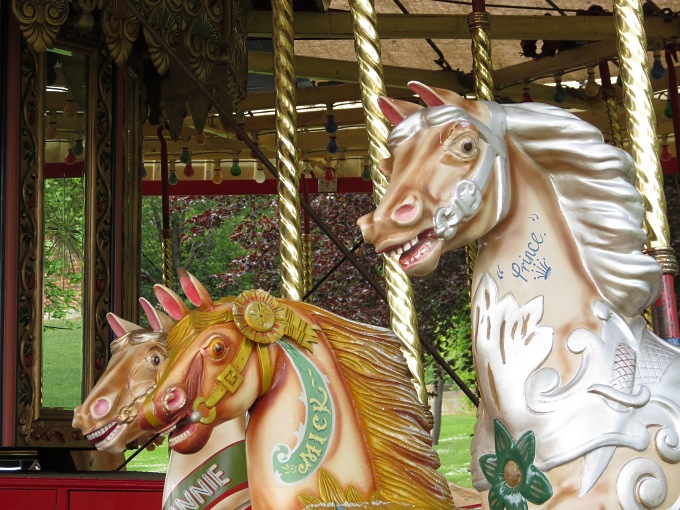
Royal Botanical Gardens – even if you're not the horticultural type, there's lots to see at the Gardens including an awesome, historic carousel and a SubAntarctic species exhibit, the only one in the world. You can walk through the Queens Domain to get there with lots to see along the way.
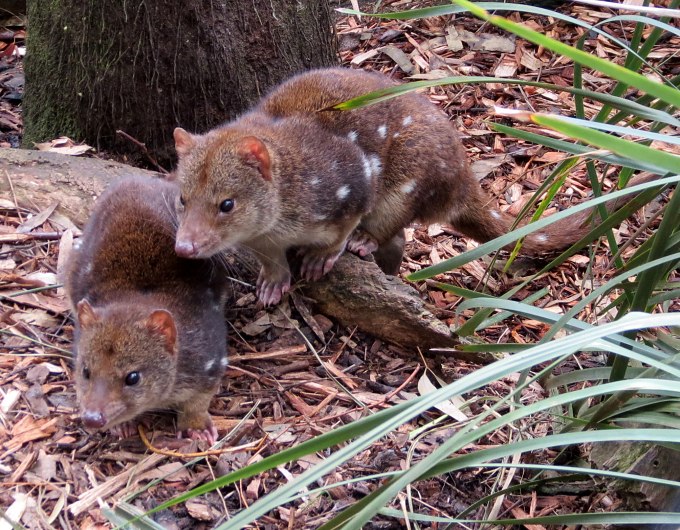
Bonorong Wildlife Sanctuary – just north of Hobart, this is a sanctuary, not a zoo, so the residents change from time to time. Touch a wombat, pat a fluffy koala and see lots of Tasmanian devils, not to mention blue-tongued lizards, poteroos and quolls.

Bruny Island – As unique as Tasmania itself, you can take a tour from Hobart or rent a car and take the ferry from Kettering across the beautiful D'Entrecasteaux Channel. Just over 100km long, the island is enchanting, offering views of the Tasman Sea, a visit to the Cape Bruny Light, the Bligh Museum and more. Don't miss a chance to view rare white wallabies near Adventure Bay.
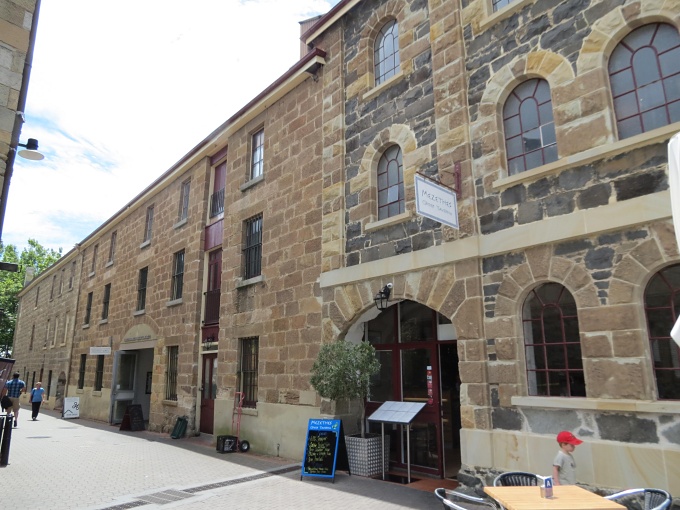
Historic Walk & Battery Point – An easy self-guided walk through the oldest areas of Hobart. Admire the buildings and 19th century architecture, then stop at the Shipwright Arms (Shippies) for a genuine pub lunch and a pint.
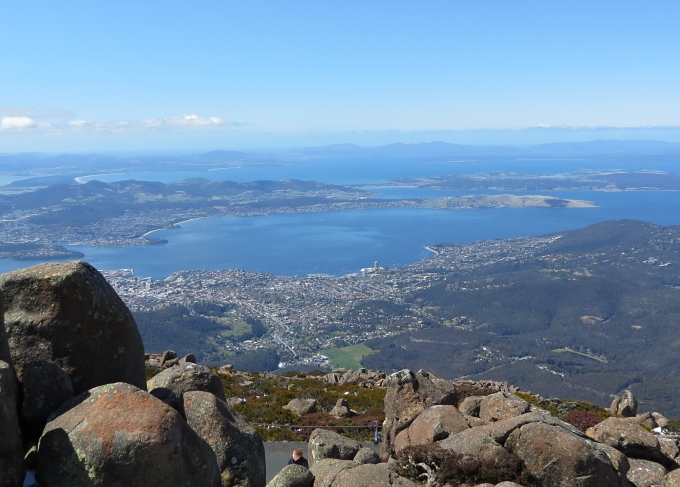
Mount Wellington or as the locals call it, “the mountain”, lords over the city. From its summit of 1271m (4,170'), there are superb views of the Derwent River, Hobart and the D'Entrecasteaux Channel. It's about 20km to the top from Hobart along a narrow, unmarked, two-lane road. You can rent a car, take a tour, ride a bike or walk (long walk, but many good paths).
Walk, walk, walk ... Hobart offers so many little nooks and crannies which allow you to peek into its historic past. Visit St. David's Park, walk along the wharves or up Kelly's Steps, wander along the foreshore up to Cornelian Bay under the Tasman Bridge to see the colorful boatsheds.

Festivals – If you can plan your visit during the summer months (Dec-February), there are several festivals to enjoy along the historic waterfront including the Sydney-Hobart Race, Tasmania Taste Fest, the bi-annual Wooden Boat Festival and more. Check the Hobart festival and events schedule before making your plans.
Tantalize your taste buds:
- Try Valhalla ice cream – pepperberry flavor – this is something very unique to Tasmania.
- Tassie seafood...smoked salmon, oysters, mussels, crayfish(lobster), scallop pie
- Tasmanian cool climate wines
- Bruny Island cherries...huge and luscious (Dec/Jan) and all other native fruit as it comes into season...apples, pears and apricots were our special favorites.

Souvenirs – if you want something “very” Tasmanian, buy something wooden crafted of Huon pine, blackheart sassafras or one of the many native woods available in Tasmania. The Salamanca Market offers lots of choices although our personal favorite was Kevin “the Bowlmaker” Rayner, Stall #42 (kgrayner@bigpond.com). This man knows his wood and his craft, and his work is absolutely beautiful.
Notes:
- Hobart Information Center provides lots of good information about tours, sightseeing, accommodation plus a good, free city map.
- We don't usually stay in hotels since we live on the boat, but there are lots of hotel choices from hostels to high class in Hobart and nearby. We've stayed at the Hobart Towers Motel twice on our way to and from the airport and found it basic, but clean, friendly and one of the least expensive hotels in the Hobart area ($70/night) other than staying at a backpackers' lodge.
- We've only recommended those activities we've actually done ourselves. We have not taken the Bruny Island Cruise, but it seems to be very popular. We have also not yet visited Port Arthur because it's accessible by boat, so we plan to sail there and report back later. Port Arthur is highly recommended...by everyone...and tours are available from Hobart.
- Day Rover passes on the Metro bus system ($4.80/adult) allow you to ride all day on the buses. You can buy your ticket from the driver when you enter the bus.
---------------------------------------------------------------------------------------------------------------------------------------------------------
Days and Ways to Celebrate
A fun list of mostly obscure holidays and fun ways to celebrate them.
Epiphany
A Christian religious holiday commemorating the baptism of Christ and the visit of the Magi among other things. Also known as Twelfth Day.
Twelfth Night
This is the 12th night after Christmas and commemorates the official end of the Christmas season. Remember the “Twelve Days of Christmas”...this is the 12th day/night...the drummers should be drumming.
Sherlock's Birthday
Sir Arthur Conan Doyle's Sherlock Holmes crime mysteries were written at the turn of the 20th century and still hold their appeal today. Sherlock and Watson first appeared in “A Study in Scarlet” in 1886. You can download one of his 56 stories or four novels for free.


